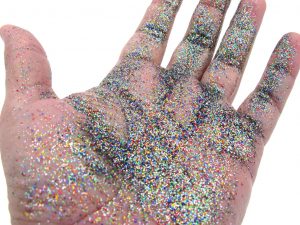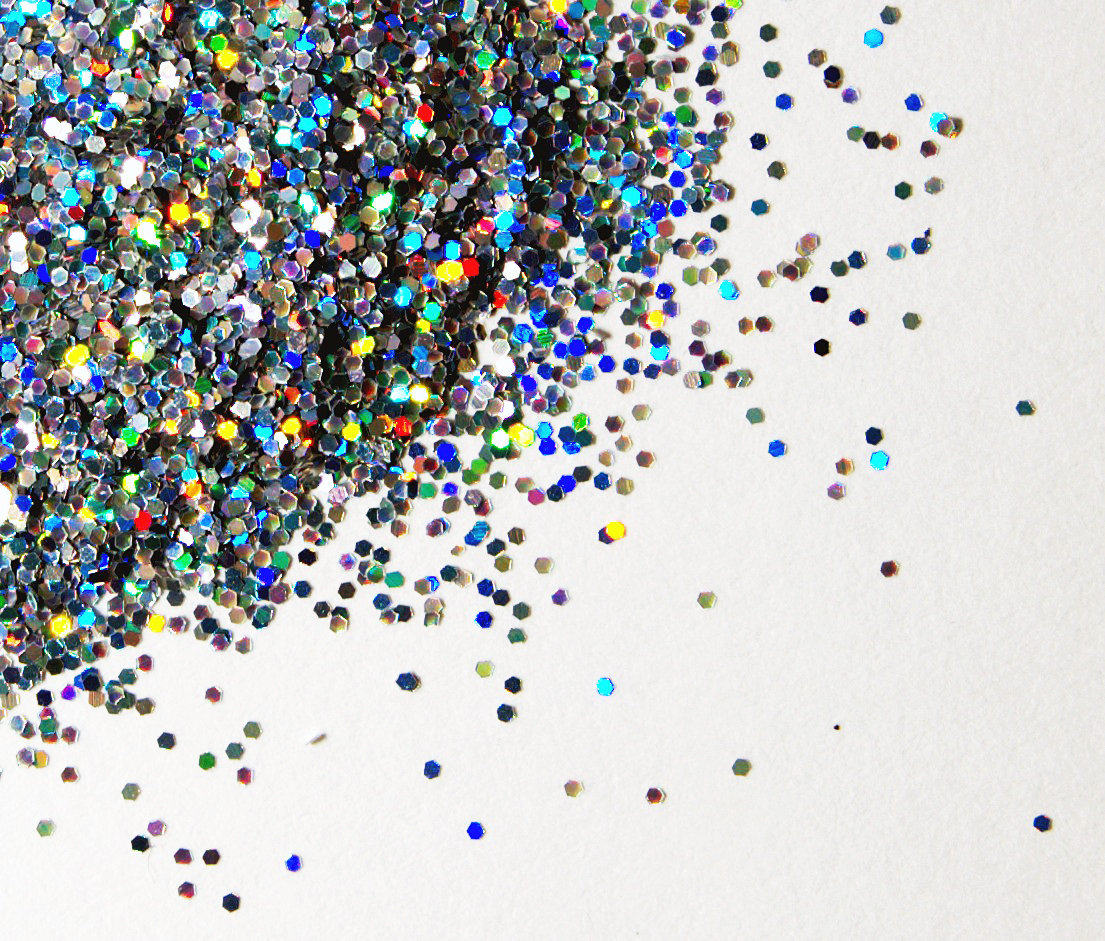Glue, Glitter, and Gold – Part 1 (2017)
I know you remember it. Drawing the cool design on the blank sheet of paper with a long, continuous, calculated squeeze of the Elmer’s glue bottle. First, the outline. Next, the filling-in of open spaces with loops and stripes and every design you could think of. Then, the finishing touch: a dousing of the entire work with a healthy supply of golden, silver, or even multicolored glitter. Finished! the victory cry. And off to mom it went…
 Years later you saw it sitting on the dresser. Mom had cleaned it out of the top drawer and was ready to put it into a box. Missing much of its glitter, perhaps the glue chipped off in places, well past the days of its glittered glory. Beyond restoring, an artifact of blissful times.
Years later you saw it sitting on the dresser. Mom had cleaned it out of the top drawer and was ready to put it into a box. Missing much of its glitter, perhaps the glue chipped off in places, well past the days of its glittered glory. Beyond restoring, an artifact of blissful times.
As I look back on my lessons from years past, I get much of the same feeling. I ponder with nostalgic pity the things I used to do, the ways I used to think, the strategies that have come and gone (and then come and gone again with a slightly different variation and a whole new acronym). And all the glitter that has fallen off over the years–the things I tacked on because it spiced things up. Maybe it was more fun for the kids, maybe it was to impress my evaluator …maybe it actually worked at the time. Things that if I tried them today, I’d be expelled by the eye rolls and exasperated sighs of 32 unwilling participants–or worse yet, maybe they’d be good sports and just play along. (#classroommanagement)
It’s so tempting to continue to glitter our lessons, isn’t it? There’s new stuff all the time that adds just enough novelty to “motivate” the kids. And as good, conscientious professionals, we’re more than willing to spend the hours outside of school that it takes to find and implement the glitter. What we ought to know from experience is that we’ll look back on our lessons in a few years and reminisce about our discovered tool or activity, wondering if we’d spent our time well–maybe wishing we’d gotten more for our money.
Sometimes technology’s the glitter. The glued-on afterthought of desperation designed to captivate “kids nowadays”. All the while–running just as fast as we can to stay in the same place–we’ve searched and sought, learned and prepared, thinking it necessary to become the expert in everything that happens within our realms in order to maintain relevance.
The problem is, there’s gold. Just like we’ve moved on from the days of giving our loved ones glittered paper to offering gifts whose brilliance is an inherent property of their very substance, there is pedagogical gold (say that 5 times fast). The difference is this gold has very little to do with what tools or strategies we use, and more to do with how we use them, how we think of them, and how we integrate them. It has more to do with re-thinking everything than just adding things on to what we’ve always done. And, like real gold, it has everything to do with their value and longevity.
In part 2, I want to discuss ways we can make our use of tools and strategies less like glitter and more like gold. And while I don’t claim to be an expert on anything, I would like to share some practical thinking as this all relates to technology–to help you, as a teacher, make better investments of your valuable time, and your students, as beneficiaries, enjoy the increased value of new and different ways of thinking about learning.
